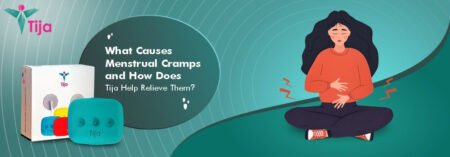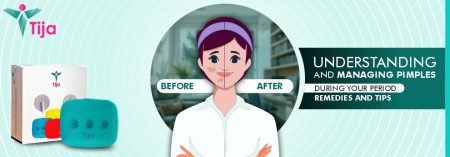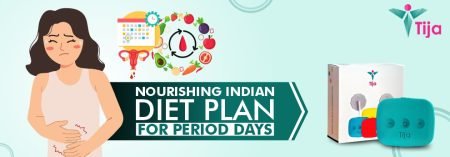As a mother, being attuned to your daughter’s physical and emotional changes is essential, especially when it comes to recognizing the signs that her first period may be approaching. While every girl’s experience is unique, several common indicators can help you mentally and practically prepare for this milestone moment. Let’s delve into a comprehensive guide to identifying these signs and supporting your daughter through this transition:
1. Physical Changes:
a) Breast Development:
One of the earliest signs of puberty in girls is the development of breast buds. You may notice small, tender lumps under the nipple area, indicating that her body is beginning to prepare for menstruation.
b) Pubic Hair Growth:
As hormonal changes occur, your daughter may start to develop pubic hair. This typically begins as fine, sparse hair along the labia and gradually becomes coarser and more abundant.
c) Growth Spurts:
Around the time of her first period, your daughter may experience a growth spurt. Keep track of her height and observe if she’s outgrowing her clothes more quickly than usual.
d) Body Odor:
Hormonal shifts during puberty can lead to changes in body odor. You may notice that your daughter requires more frequent showers or needs to use deodorant to stay fresh.
2. Menstrual Education:
a) Open Communication:
Establish an open and supportive dialogue with your daughter about puberty and menstruation. Encourage her to ask questions and express any concerns she may have.
b) Educational Resources:
Provide age-appropriate books, articles, or online resources that explain the menstrual cycle and what to expect during periods. Knowledge is empowering and can help alleviate anxiety.
c) Demonstrate Period Preparedness:
Take the opportunity to demonstrate how to use menstrual products such as pads or tampons. Show her where you keep supplies and how to carry them in her bag discreetly.
3. Emotional and Behavioral Changes:
a) Mood Swings:
Hormonal fluctuations can cause mood swings and emotional sensitivity. Your daughter may experience heightened emotions or irritability in the days leading up to her period.
b) Cravings and Hunger:
Some girls experience increased appetite or cravings for certain foods before menstruation. Be understanding and supportive of her dietary preferences during this time.
c) Fatigue:
Hormonal changes and physical discomfort may lead to feelings of fatigue or lethargy. Encourage your daughter to prioritize rest and self-care when needed.
4. Menstrual Preparations:
a) Create a Menstrual Kit:
As her period approaches, help your daughter assemble a menstrual kit containing pads, panty liners, pain relief medication, and any other essentials she may need. Keep the kit easily accessible at home and in her school bag.
b) Practice Good Hygiene:
Teach your daughter the importance of maintaining good hygiene during menstruation, including regular changing of pads or tampons, washing her hands before and after handling menstrual products, and showering daily.
c) Comfort Measures:
Provide comfort measures such as hot water bottles or heating pads for relieving menstrual cramps. Encourage her to stay hydrated and eat nutritious foods to support her overall well-being.
5. Celebrate Milestones:
a) Celebrate the Journey:
Approach your daughter’s first period as a natural and positive milestone. Celebrate her transition into womanhood with love, support, and encouragement.
b) Create Rituals:
Consider creating special rituals or traditions to mark this significant moment, such as a mother-daughter outing, a heartfelt conversation, or a small gift to commemorate the occasion.
Read also: Guide for Fathers on Understanding Menstruation
By being vigilant to these signs and providing thoughtful guidance and support, you can help your daughter navigate the transition into menstruation with confidence and grace. Your unconditional love and understanding will serve as a source of strength as she embarks on this new chapter of her life.









